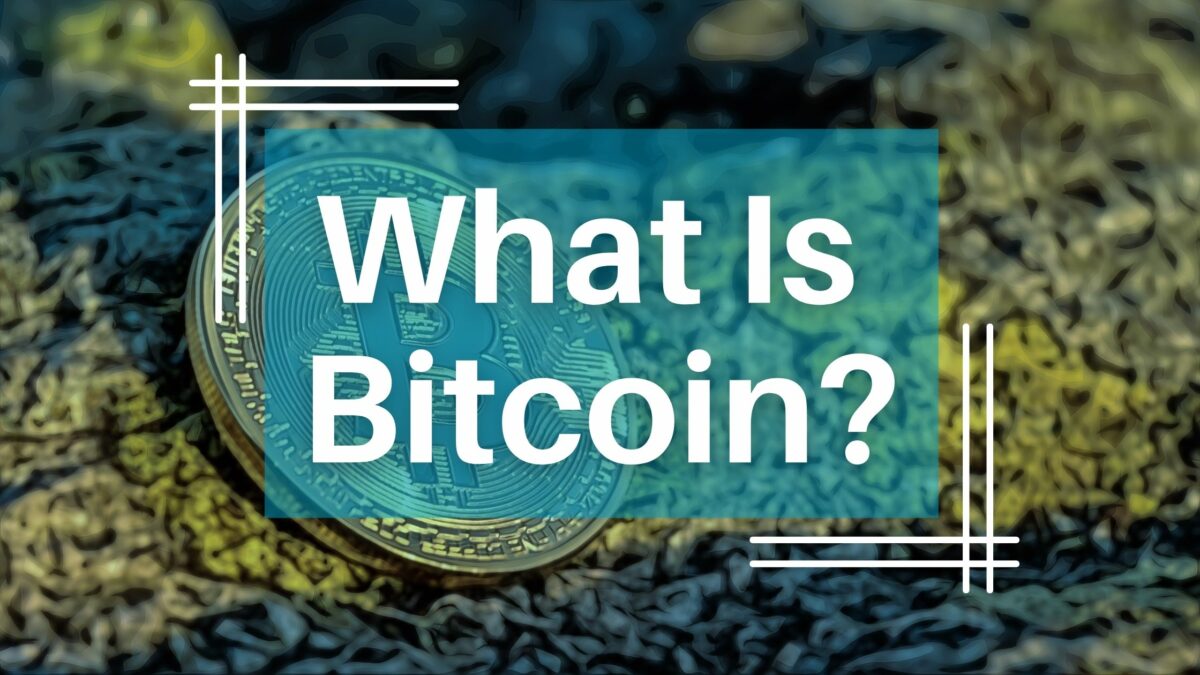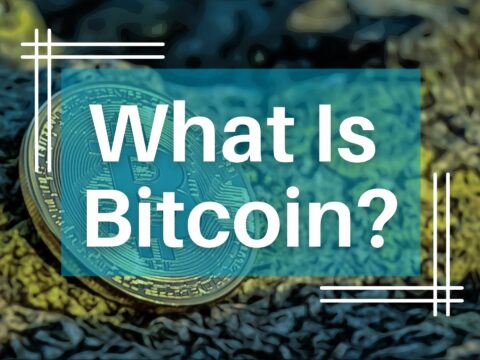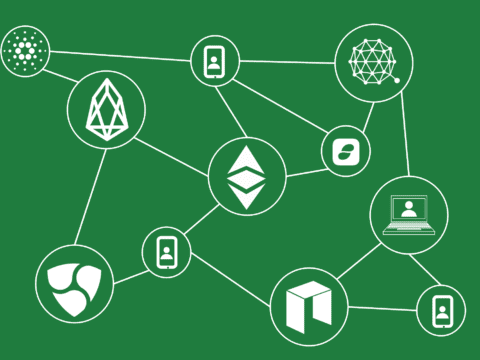
What is Bitcoin?
Bitcoin (BTC) is the first form of cryptocurrency ever created. It is responsible for starting the cryptocurrency movement and the development of blockchain technology. Bitcoin was created by an unknown figure known as “Satoshi Nakamoto,” a pseudonym used by the individual or group behind its original code.
Bitcoin’s original whitepaper was published in 2008, 2 years after the proposal of a new digital cash system by Satoshi Nakamoto and one year before the “official” launch in January 2009.
While Satoshi developed the original project and continued contributing to its in the following years via emails and forum posts, these contributions stopped in 2011.
Satoshi’s departure left the development of Bitcoin entirely in the hands of developers and contributors around the world, which also resulted in multiple projects “forking” from the original as differences in views emerged.
As Bitcoin is entirely community-driven, it is an open-source project in which anyone can audit the code to ensure the fix of bugs, removal of vulnerabilities, and improved features and efficiency of the whole ecosystem.
With the inception of Bitcoin, financial institutions began losing some control of the financial and economic systems that they have traditionally held. Bitcoin brought forth a revolution that resulted in new cryptocurrencies, blockchain projects, and applications such as NFTs and Decentralized Finance.
Ever since its launch, BTC has kept its spot as the leading cryptocurrency by Market Capitalization, leading the way for other projects and being one of the major sources of adoption by institutional and private investors as it is regularly making the news.
What is the Purpose of Bitcoin?
BTC was designed to operate as a peer-to-peer (p2p) electronic cash system that allowed people around the globe to pay for goods and services without the need for regulation from a central authority
While traditional systems worked fine for most transactions, Satoshi Nakamoto believed that the greatest weakness of these systems was the trust-based model resulting from the need for intermediaries who held custody and power over the financial assets.
Historically, this has resulted in some of the biggest financial crises in the history of humankind, with users being the most affected when the institutions fail.
By creating a new form of cash that resulted in entirely non-reversible transactions, fraud opportunities are reduced. At the same time, the need for trust between the parties is entirely eliminated.
As BTC operates on a trustless, decentralized, and open-source model, accessibility to financial markets and services can be significantly increased by incentivizing collaboration among community members.
How Does Bitcoin Work?
Bitcoin works by creating a P2P network that timestamps transactions by hashing them into an immutable hash-based block.
Meaning, all the transactions that occur in the Bitcoin Network are created, stored, and validated by multiple members of the network, removing the need for a centralized registry as all members can check the status of a given address and transaction at any given time.
Using a Proof-of-Work (PoW) consensus algorithm, Bitcoin rewards members (also known as miners) for validating transactions and creating new blocks on the blockchain. The process of mining a block requires high computational power. Miners receive BTC as a reward once other miners have confirmed the quality of their work.
New BTC is continually being created at a declining and preestablished rate, a process that will continue to take place until a total of 21 million BTC has been issued in the network. It is estimated that the final block will be mined around the year 2140.
As there is no central authority that can affect the hard-coded rate of BTC issuing, it is not possible to see instances of poor management resulting in hyperinflation of the currency as in the case of fiat currency seen when governments overprint or lose trust in the international market.





